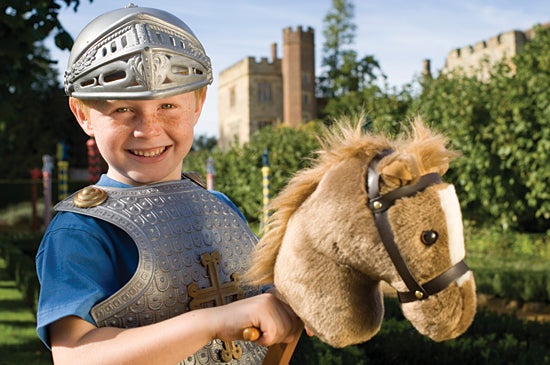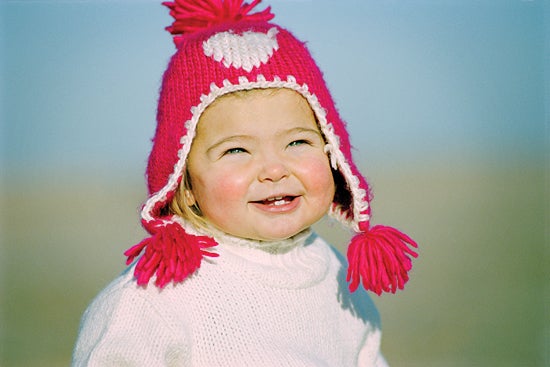Shoot better portraits
Shoot better portraits: Shapes and lines for strong compositions:
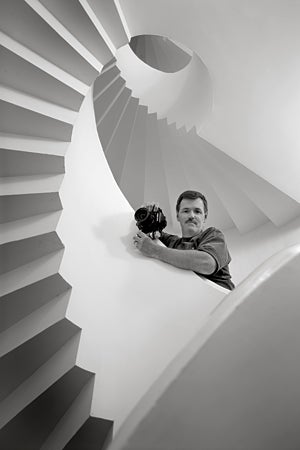 While portraiture is about portraying the character of your subject, think about the design too. To produce visually compellng images you need to understand the basic rules of composition. This includes the ‘Rule of Thirds,’ strong shapes and symmetry, lines to lead the eye around the picture, and diagonals to add drama and tension to your shot.
While portraiture is about portraying the character of your subject, think about the design too. To produce visually compellng images you need to understand the basic rules of composition. This includes the ‘Rule of Thirds,’ strong shapes and symmetry, lines to lead the eye around the picture, and diagonals to add drama and tension to your shot.
Good design skills can be learned and, once mastered, effective composition will become more intuitive. This shot of fellow photographer Tom Mackie uses shapes, light and strong lines to lead the viewer’s eye around the image toward the subject posed on a spiral staircase. Owing to the very low levels of light, I needed a long exposure, so this is one of the rare instances where I used a tripod. The subject is also positioned within a large triangular shape, which adds dynamism and frames him perfectly.
Kodak, 17-35mm f/2.8 lens, 4sec at f/5.6, ISO 160
Shoot better portraits: Be more creative in your use of strong colour:
The use of strong colours can be a powerful way of composing visually compelling images. Juxtaposing bold shades such as reds, blues and greens can create concordance or discordance in a shot, thereby generating a certain mood or tension. Alternatively, by using colour a little more cautiously – perhaps a single accent shade or tone – it’s possible to emphasise your subject just as effectively.
The subtle use of muted colours in an image with a splash of discordant colour can be an equally successful way of creating a photograph with a strong and vivid composition. This technique can be just as useful when working in black & white. Rather than using bright primary colours, try placing contrasting tones together, such as black against a white background or highlights against a midtone grey.
This model portfolio shot is a colour image with almost monochrome tones. I could have added a bright red hat or other primary colour, but that seemed just a little too obvious, so instead I chose to use a black hat against the pale-coloured wall and spiral staircase.
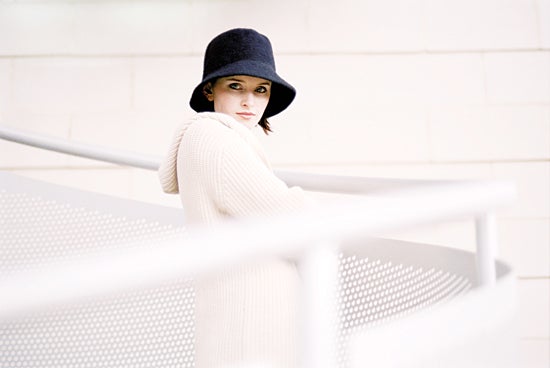
Shoot better portraits: Keep your subject’s hands busy:
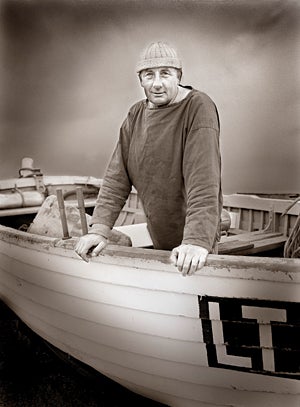 When photographing non-professional models, you’ll often find that your sitter will feel uncomfortable about being in front of the camera. In order for your subjects to look natural in your photographs they must feel relaxed, and it’s your job to try to achieve this.
When photographing non-professional models, you’ll often find that your sitter will feel uncomfortable about being in front of the camera. In order for your subjects to look natural in your photographs they must feel relaxed, and it’s your job to try to achieve this.
One aspect of people photography that is of frequent concern is what do with your subject’s hands. If your sitter is feeling anxious, you’ll be able to read this in their body language and this in turn will be translated to your photographs. To remedy this, try to keep your sitter’s hands busy and pose their body in a way that they feel comfortable with. This can sometimes mean giving your subject something to hold on to or perhaps even getting them to slip their hands into their pockets. By doing this, your subject will feel more at ease and the resulting images will look far more genuine.
This photograph of a sea fisherman standing in his old wooden boat is a fine example of this technique in action. He felt awkward about having his picture taken and took considerable persuading to allow me to photograph him, but the weathered character in his face was too appealing to resist capturing. After a few minutes of conversation to break the ice, I positioned him inside his boat and got him to rest his hands on the side. This gave him a far more relaxed demeanour and his almost heroic stance rewarded me with a definitive character study.
Mamiya, 55mm f/2.8 lens, 1/30sec at f/5.6
Shoot better portraits: Use a standard lens for a natural look
Lenses in the range of 35-75mm (approx 24-50mm on a cropped image sensor) are great for creating images with a far more natural look than a wideangle or long telephoto lens. Standard lenses don’t exaggerate perspective, nor do they compress it, and the field of view they produce is very similar to our own eyes – meaning that what you see through the viewfinder is largely what you’ll get in the final image. Images shot on a standard lens of around 50mm produce a field of view that largely approximates that of the human eye, and has little perspective distortion.
